The mobile phone landscape has come a long way from the days of the iconic Nokia 3210, a device that captured the hearts of millions with its innovative design, customization options, and addictive games like Snake. Fast forward to the present, and it’s hard not to wonder – where did the “wow” factor in mobile phones go? In this article, we’ll take a journey through the evolution of mobile phones, exploring the features that once wowed us and how the industry has transformed, leaving many of us longing for that sense of excitement once again.
The Nokia Era:
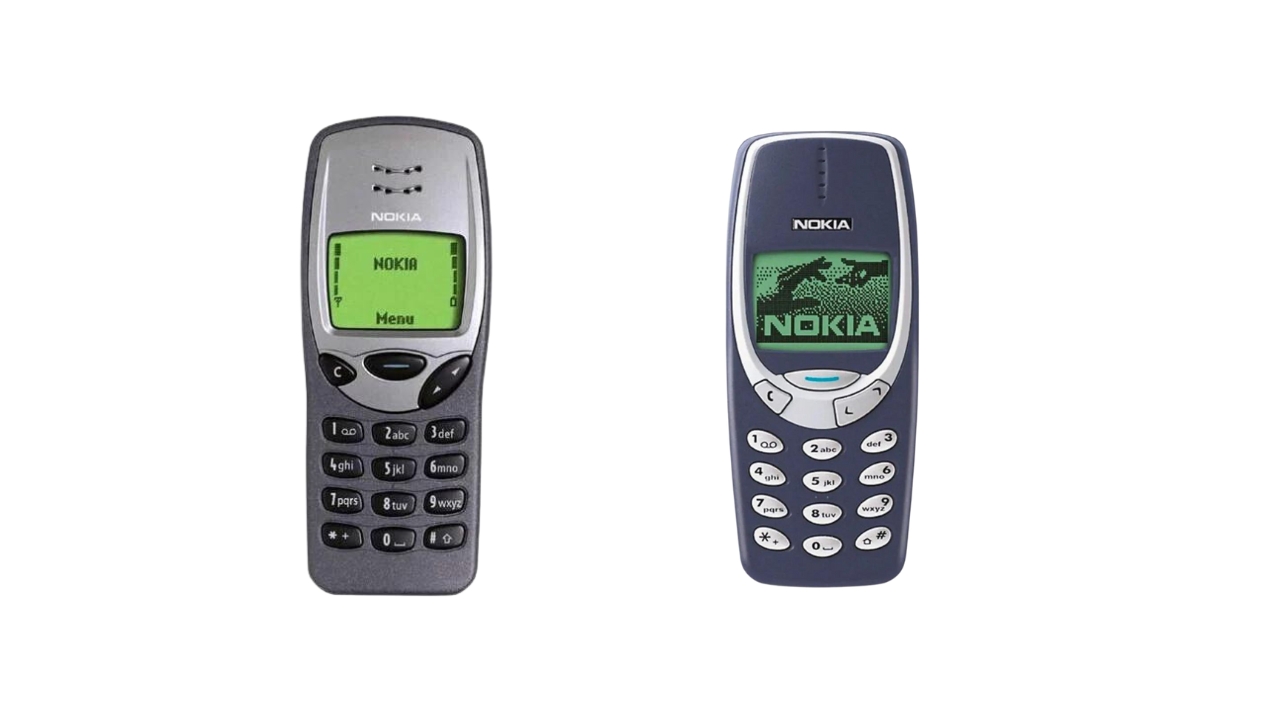
The journey begins with the Nokia 3210, a game-changer in the mobile industry. Its unique design, customizable keypads, and the ability to create and share ringtones set it apart. The subsequent Nokia 3310’s lighter frame continued to impress, becoming one of Nokia’s best-selling models.
The Trend of Smaller Phones:
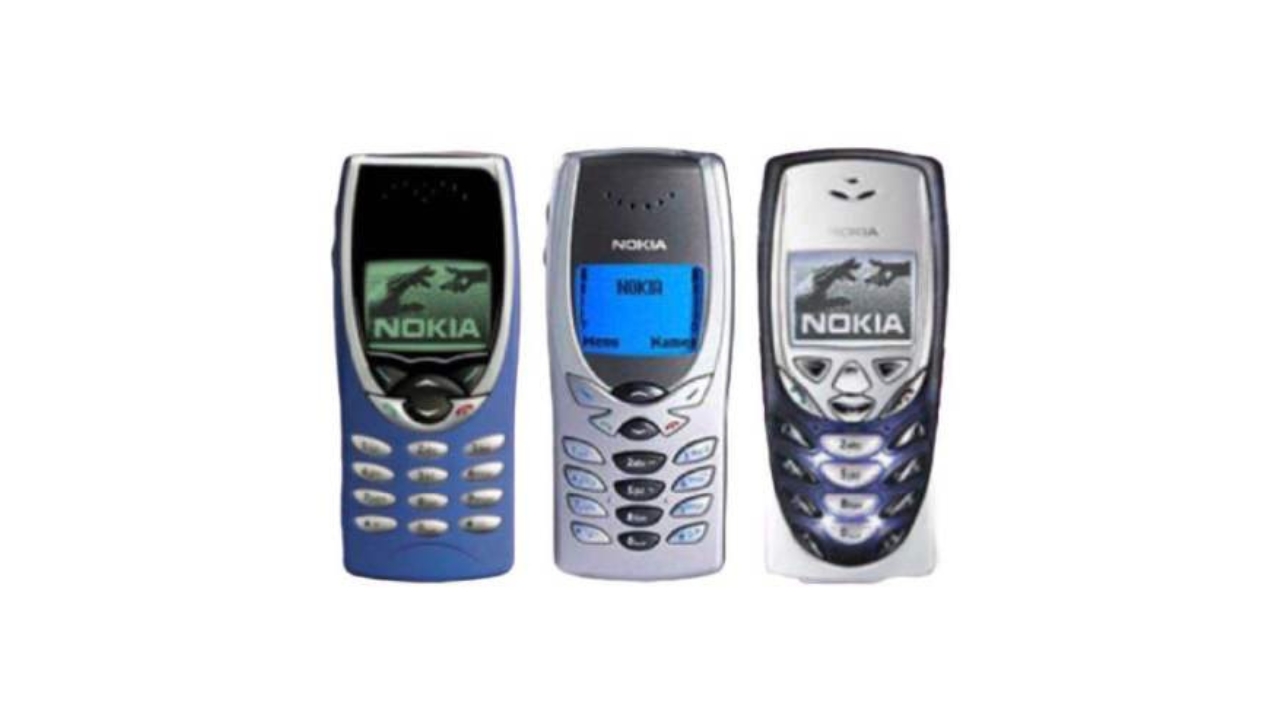
As time progressed, the trend shifted to smaller, more compact phones like the Nokia 8210, 8250, and 8310. These devices introduced features like infrared, a functional calendar, and even FM radio, setting new standards for the industry.
The Age of Color Displays:
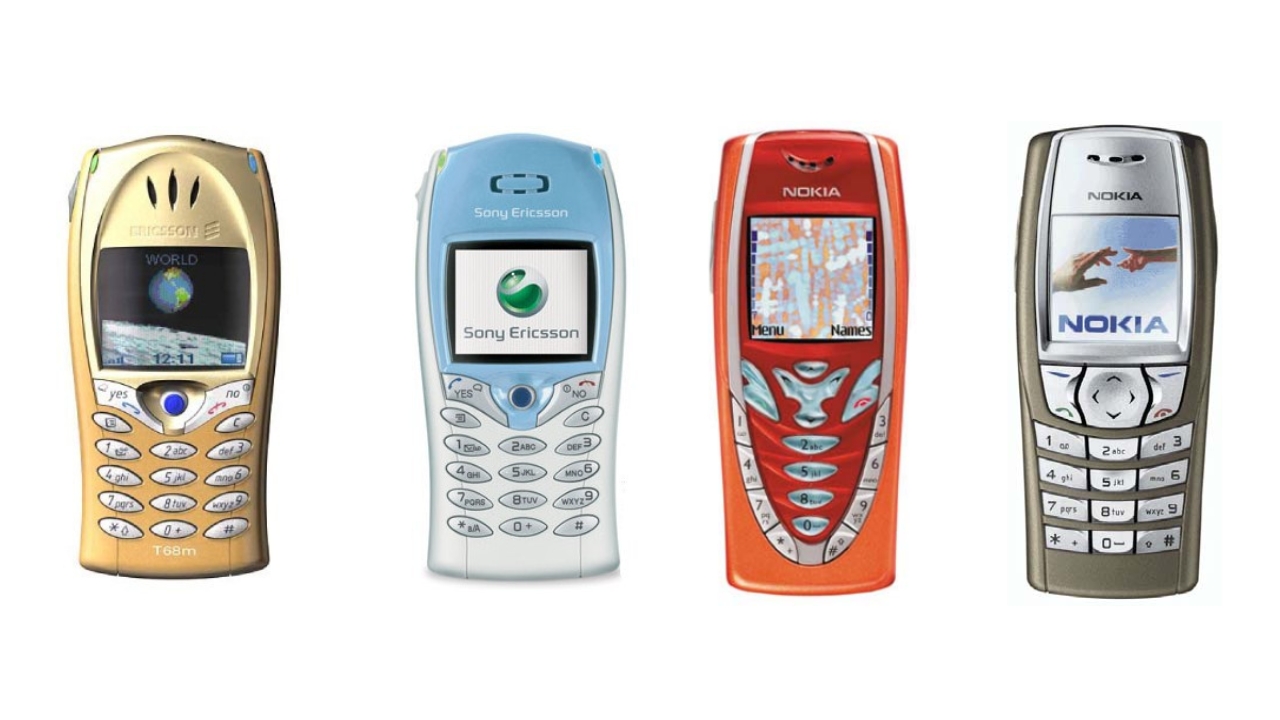
Mobile phone evolution took another leap with the introduction of color LCD screens, as seen in models like the Nokia 7210, 6610, and 7250. Meanwhile, Ericsson brought its own flavor to the market with the T68. However, phones started growing in size again.
Specialty Phones:
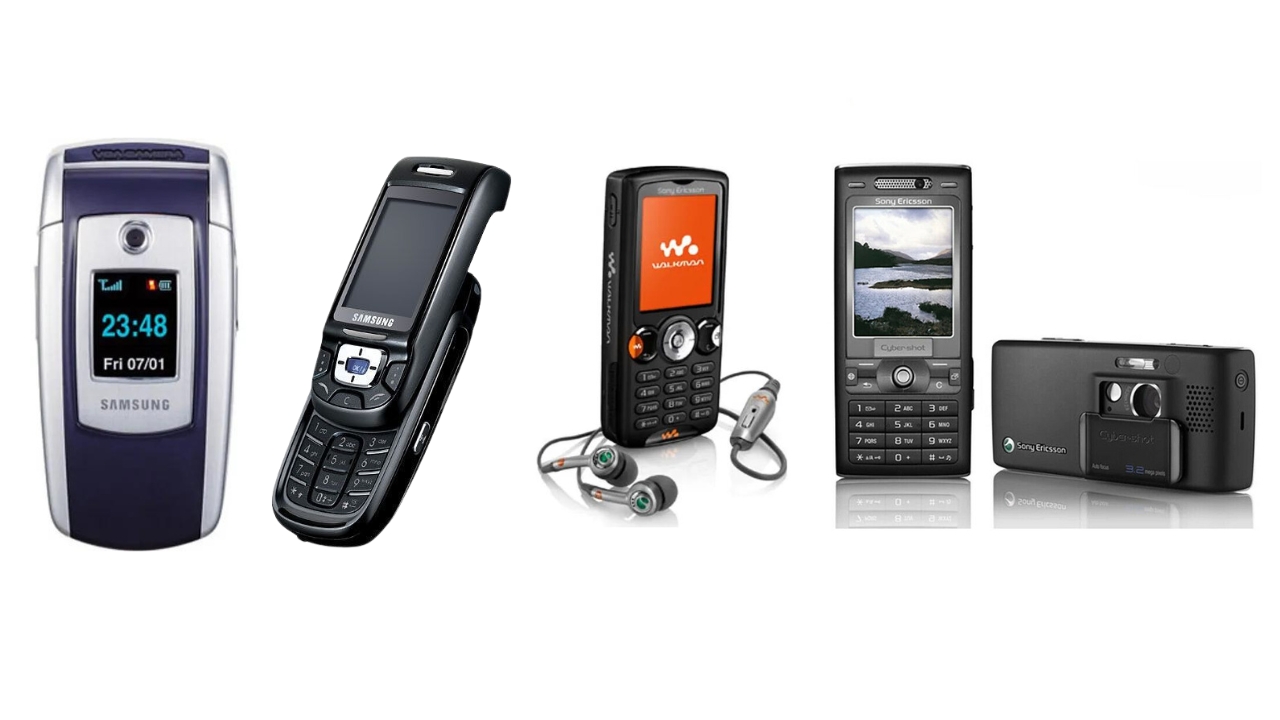
In this period, we witnessed the rise of specialty phones. Flip phones, slide phones, and models focused on music and photography, like the Sony Ericsson Walkman and Cybershot phones, started to dominate the market.
The Era of Symbian OS and Shift to QWERTY Keyboards:

For those who craved more customization and functionality, phones with Symbian OS like the Nokia N95, Nokia 6600, and Nokia N73 provided a more versatile experience.
With the rise of text messaging, larger QWERTY keyboards became essential. Nokia E63 and Blackberry phones catered to this need, gaining popularity among both personal and business users due to their workplace functionality and security.
The iPhone Revolution (2007):
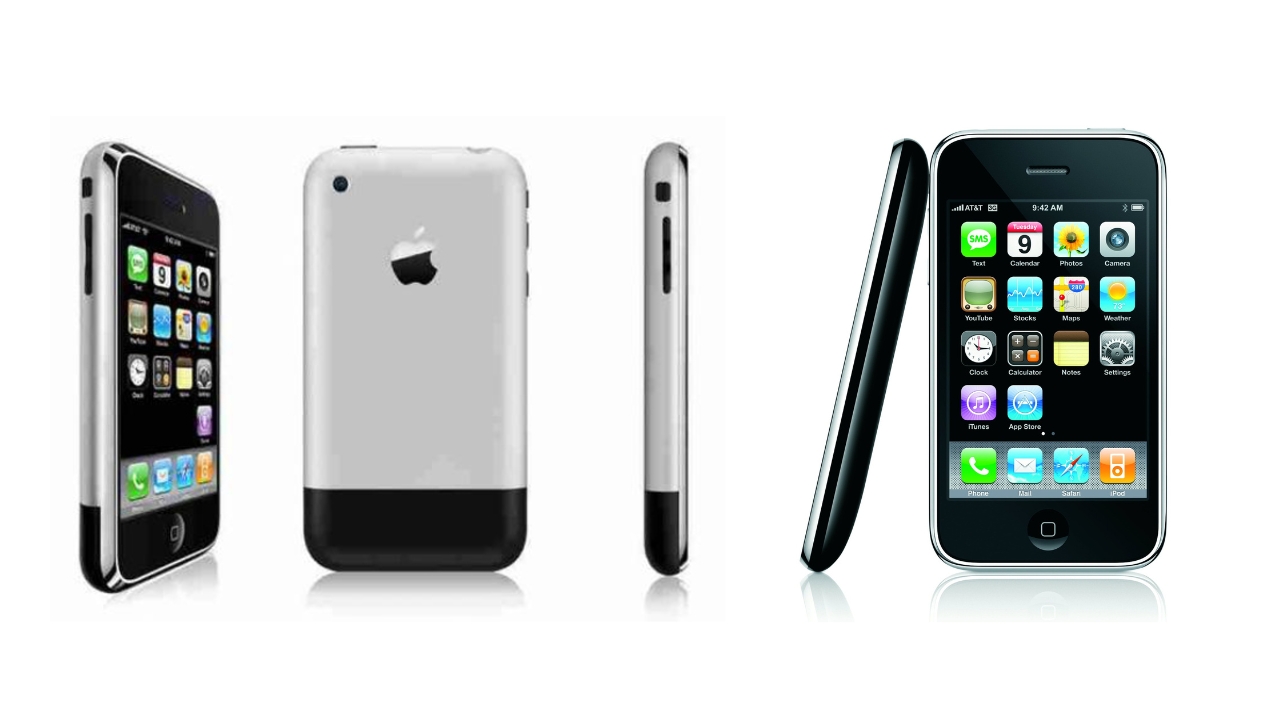
The mobile industry was forever changed with the introduction of the iPhone in 2007. Apple combined a phone, music player (iPod), and internet browser into a single device, kickstarting the era of smartphones. With its full touchscreen, it set a new standard for innovation.
The Rise of Touchscreens:
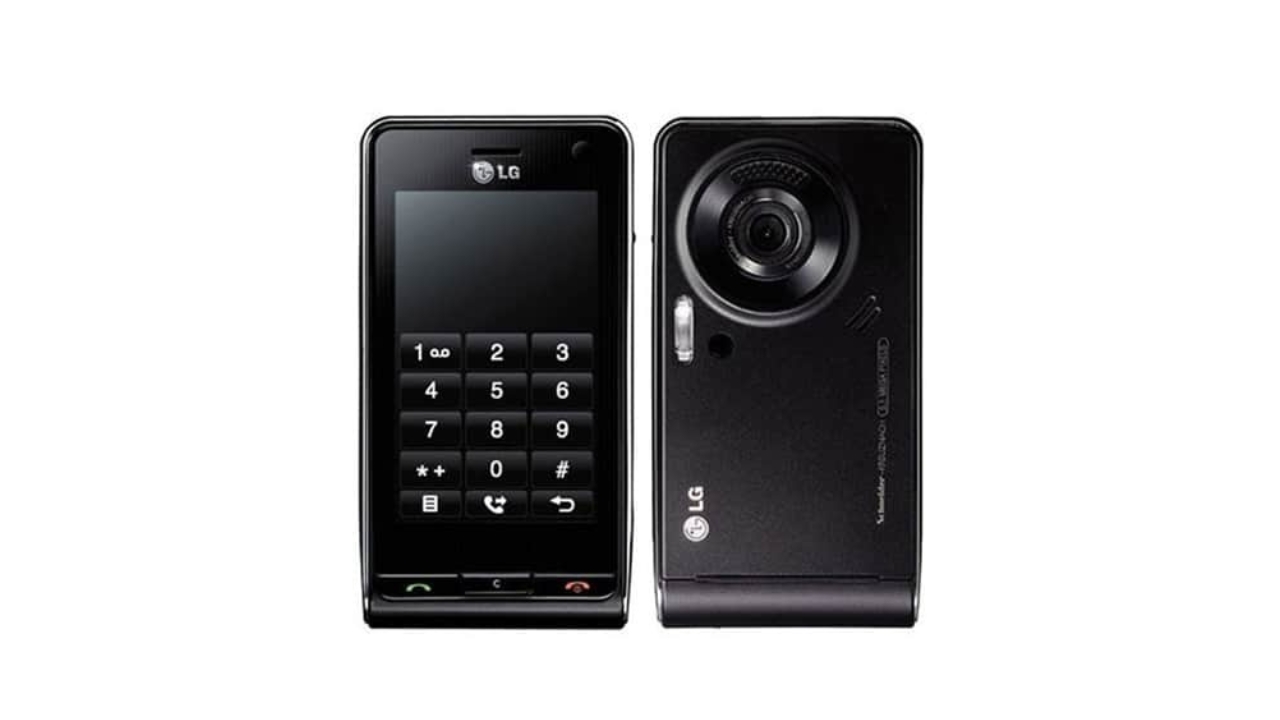
Following the iPhone’s success, touchscreen phones like the LG Viewty and later Android smartphones gained prominence. However, early touchscreen phones often lacked the responsiveness and ease of use we’d come to expect.
The Birth of Android (2008):
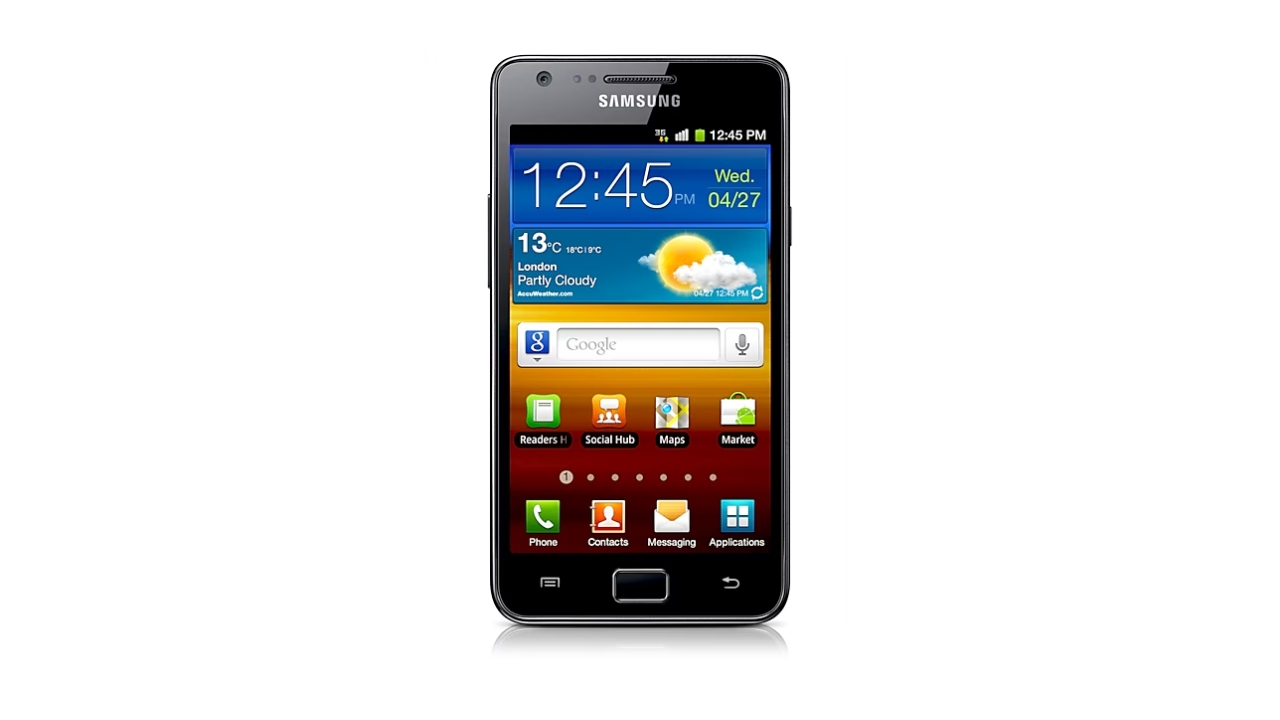
The HTC Dream, also known as the T-Mobile G1, marked the beginning of the Android era. Samsung’s Galaxy S2 soon joined the competition, rivaling Apple with its different operating system and design language.
The Samsung Galaxy Note (2012):

The Samsung Galaxy Note introduced a new segment with its screen-writing capability. While initially groundbreaking, the Note series faced challenges with incidents of phones catching fire with their Note 7.
The 2010s: A Decade of Connectivity:
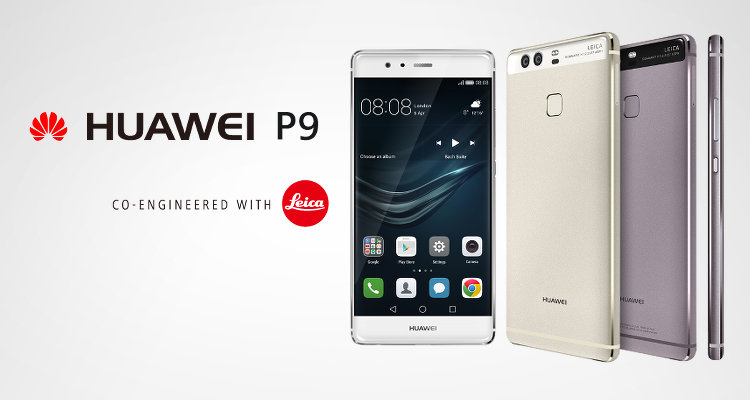
In the 2010s, there was a swift pace of technological progress, marked by the widespread adoption of 4G networks that facilitated smooth streaming and online gaming. Smartphones became an indispensable part of our daily routines, leading to a transformation across multiple industries. Furthermore, notable collaborations between smartphone manufacturers and renowned camera brands, such as Leica, underscored the growing importance of mobile phones as the go-to camera choice for many individuals.
The Current Landscape (2020s):
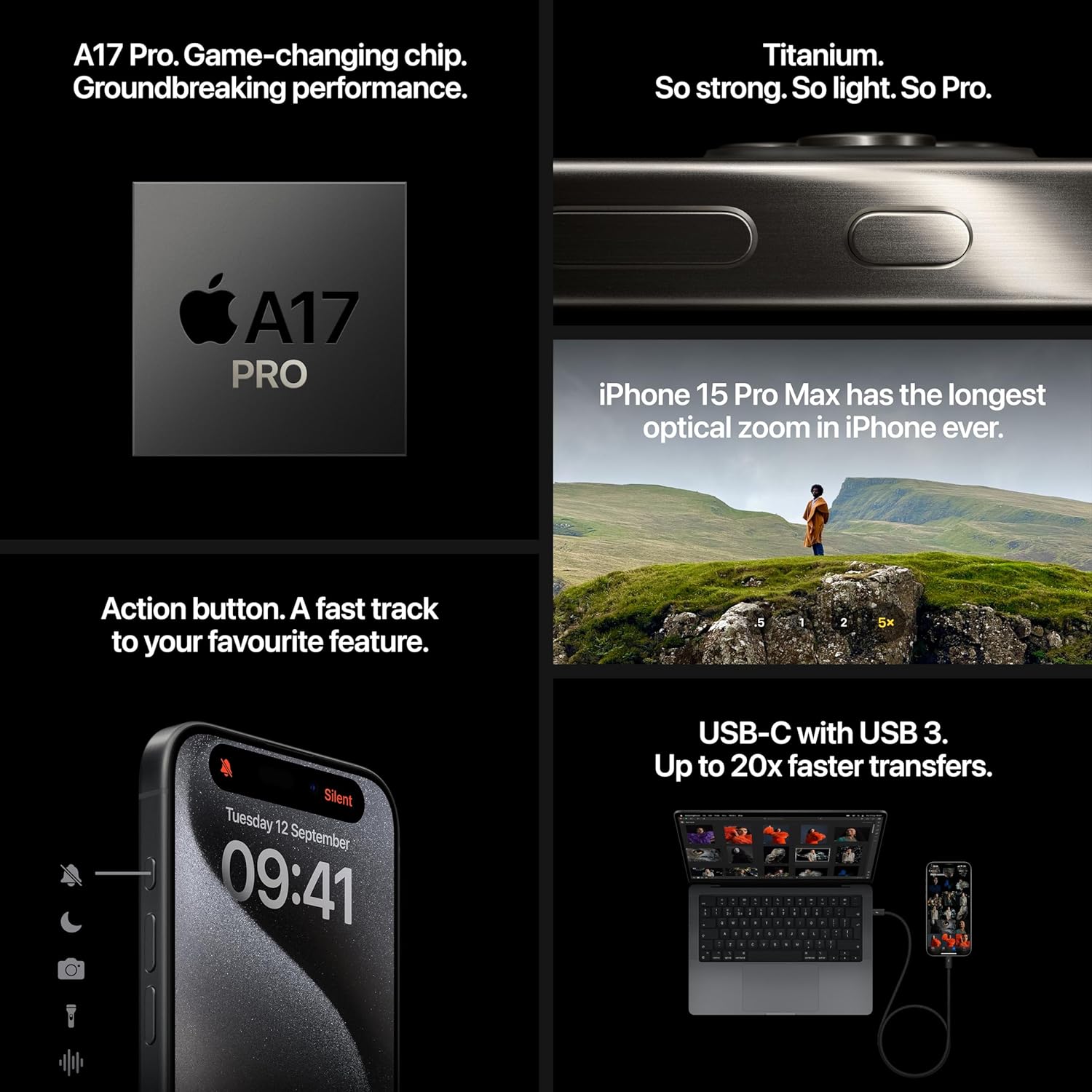
As we step into the 2020s, the advent of 5G networks offers the prospect of ultra-high-speed connectivity and the emergence of technologies like augmented reality. Heightened concerns regarding privacy and cybersecurity have rekindled an emphasis on safeguarding data.
As is customary, mobile phone manufacturers remain dedicated to enhancing performance with faster processors, pursuing sleeker and lighter designs, and continually refining camera systems.
What’s Next?
The future is brimming with promising prospects, including the resurgence of foldable and flip phones. Leading brands like Samsung have pioneered the introduction of foldable screens for the flexibility of larger screens, while flip phones provide a versatile option for individuals seeking compact devices.
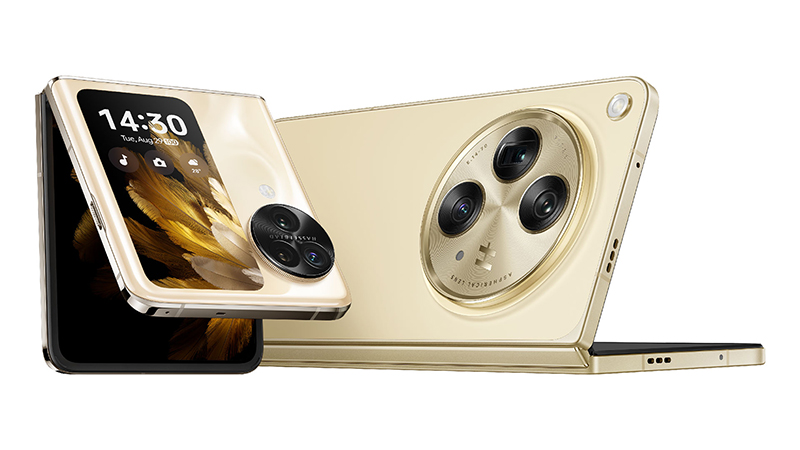
In recent times, we’ve observed a growing trend, with companies such as Huawei, Xiaomi, Oppo, Honor, One Plus, and others also entering the foldable and flip phone market.
The mobile phone industry has come a long way, and while the initial “wow” factor may have diminished, there’s no doubt that technology will continue to evolve. As we reflect on the journey from the Nokia 3210 to the current landscape, we eagerly anticipate what the future holds for mobile technology, hoping to recapture that sense of amazement and wonder once again.









